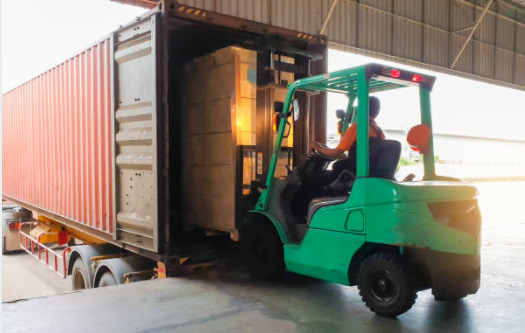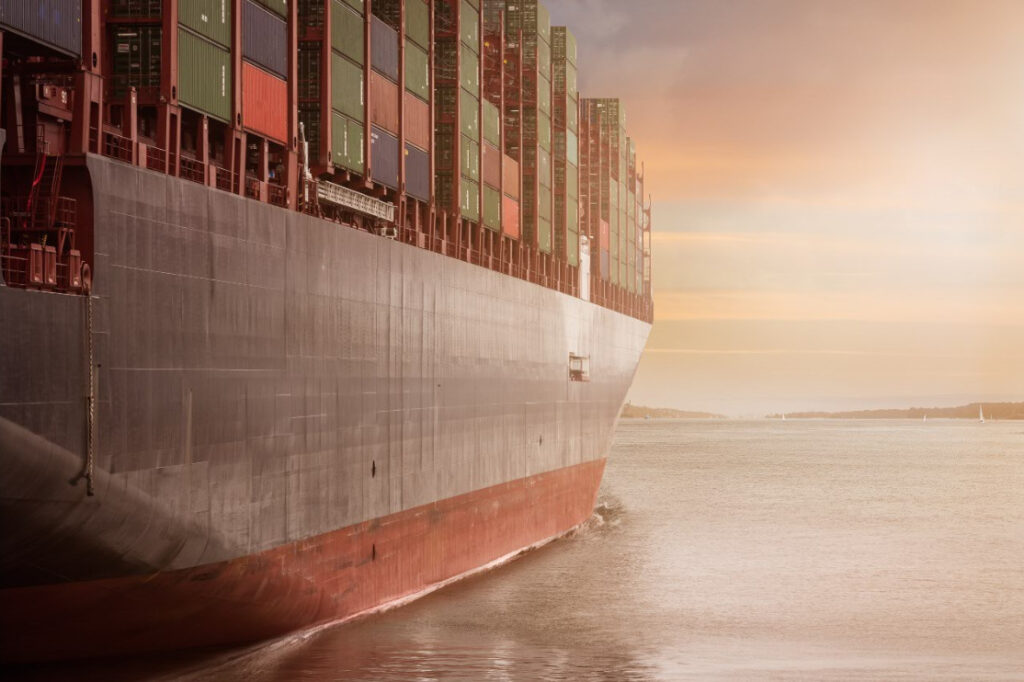| ISO 668:2020 Series 1 freight containers — Classification, dimensions and ratings |
| ISO 668:2020/AMD 1:2022 Series 1 freight containers — Classification, dimensions and ratings — Amendment 1 |
| ISO 830:1999 Freight containers — Vocabulary |
| ISO 830:1999/COR 1:2001 Freight containers — Vocabulary — Technical Corrigendum 1 |
| ISO 1161:2016Series 1 freight containers — Corner and intermediate fittings — Specifications |
| ISO/WD 1161 Series 1 freight containers — Corner and intermediate fittings — Specifications |
| ISO 1496-1:2013 Series 1 freight containers — Specification and testing — Part 1: General cargo containers for general purposes |
| ISO 1496-1:2013/AMD 1:2016 Series 1 freight containers — Specification and testing — Part 1: General cargo containers for general purposes — Amendment 1 |
| ISO 1496-2:2018 Series 1 freight containers — Specification and testing — Part 2: Thermal containers |
| ISO 1496-3:2019 Series 1 freight containers — Specification and testing — Part 3: Tank containers for liquids, gases and pressurized dry bulk |
| ISO 1496-4:1991 Series 1 freight containers — Specification and testing — Part 4: Non-pressurized containers for dry bulk |
| ISO 1496-4:1991/AMD 1:1994 Series 1 freight containers — Specification and testing — Part 4: Non-pressurized containers for dry bulk — Amendment 1: 1AAA and 1BBB containers |
| ISO 1496-4:1991/COR 1:2006 Series 1 freight containers — Specification and testing — Part 4: Non-pressurized containers for dry bulk — Technical Corrigendum 1 |
| ISO 1496-5:2018 Series 1 freight containers — Specification and testing — Part 5: Platform and platform-based containers |
| ISO 3874:2017 Series 1 freight containers — Handling and securing |
| ISO 6346:1995 Freight containers — Coding, identification and marking |
| ISO 6346:1995/AMD 3:2012 Freight containers — Coding, identification and marking — Amendment 3 |
| ISO/FDIS 6346 Freight containers — Coding, identification and marking |
| ISO 8323:1985 Freight containers — Air/surface (intermodal) general purpose containers — Specification and tests |
| ISO 9669:1990 Series 1 freight containers — Interface connections for tank containers |
| ISO 9669:1990/AMD 1:1992 Series 1 freight containers — Interface connections for tank containers — Amendment 1: Sections 3 and 4 |
| ISO 9711-1:1990 Freight containers — Information related to containers on board vessels — Part 1: Bay plan system |
| ISO 9897:1997 Freight containers — Container equipment data exchange (CEDEX) — General communication codes |
| ISO 9897:1997/COR 1:2001 Freight containers — Container equipment data exchange (CEDEX) — General communication codes — Technical Corrigendum 1 |
| ISO 10368:2006 Freight thermal containers — Remote condition monitoring |
| ISO 10374:1991 Freight containers — Automatic identification |
| ISO 10374:1991/AMD 1:1995 Freight containers — Automatic identification — Amendment 1 |
| ISO/TS 10891:2009 Freight containers — Radio frequency identification (RFID) — Licence plate tag |
| ISO/TS 10891:2009/COR 1:2009 Freight containers — Radio frequency identification (RFID) — Licence plate tag — Technical Corrigendum 1 |
| ISO 14829:2002 Freight containers — Straddle carriers for freight container handling — Calculation of stability |
| ISO/TR 15069:2018 Series 1 freight containers — Handling and securing — Rationale for ISO 3874:2017, Annexes A to E |
| ISO/TR 15070:1996 Series 1 freight containers — Rationale for structural test criteria |
| ISO/TR 15070:1996/AMD 1:2005 Series 1 freight containers — Rationale for structural test criteria — Amendment 1: Guidance on structural integrity |
| ISO/TR 15070:1996/AMD 2:2007 Series 1 freight containers — Rationale for structural test criteria — Amendment 2 |
| ISO 17363:2013 Supply chain applications of RFID — Freight containers |
| ISO 17712:2013 Freight containers — Mechanical seals |
| ISO 18185-1:2007 Freight containers — Electronic seals — Part 1: Communication protocol |
| ISO 18185-2:2007 Freight containers — Electronic seals — Part 2: Application requirements |
| ISO 18185-3:2015 Freight containers — Electronic seals — Part 3: Environmental characteristics |
| ISO 18185-4:2007 Freight containers — Electronic seals — Part 4: Data protection |
| ISO 18185-5:2007 Freight containers — Electronic seals — Part 5: Physical layer |
| ISO 18186:2011 Freight containers — RFID cargo shipment tag system |
| ISO/TS 18625:2017 Freight containers — Container Tracking and Monitoring Systems (CTMS): Requirements |
| ISO 20854:2019 Thermal containers — Safety standard for refrigerating systems using flammable refrigerants — Requirements for design and operation |













